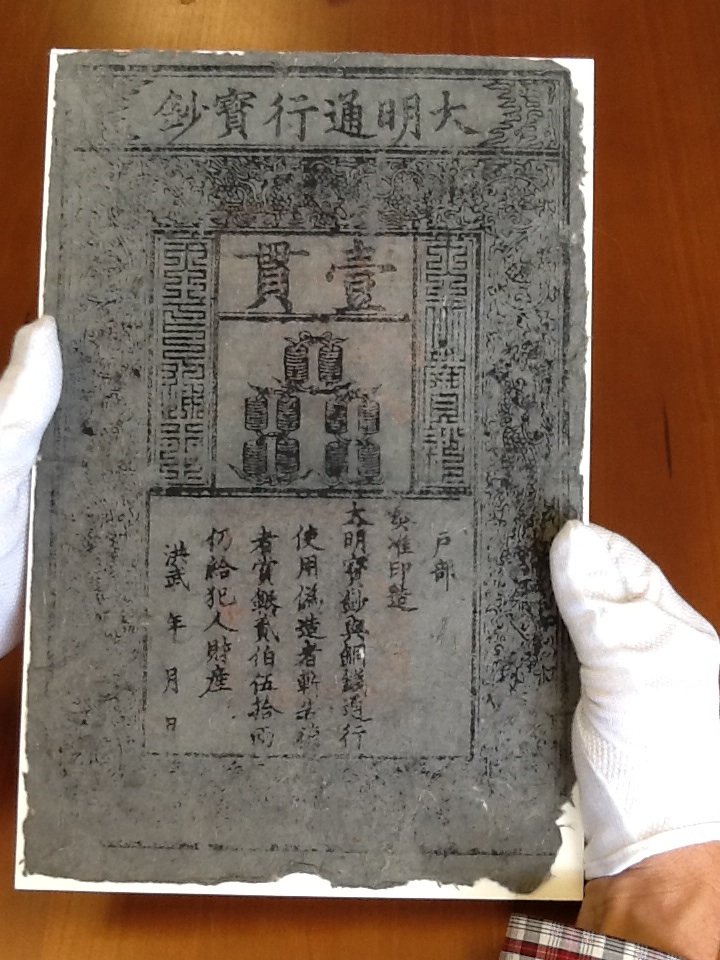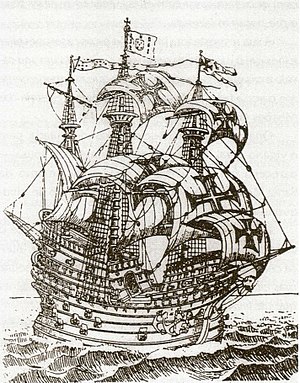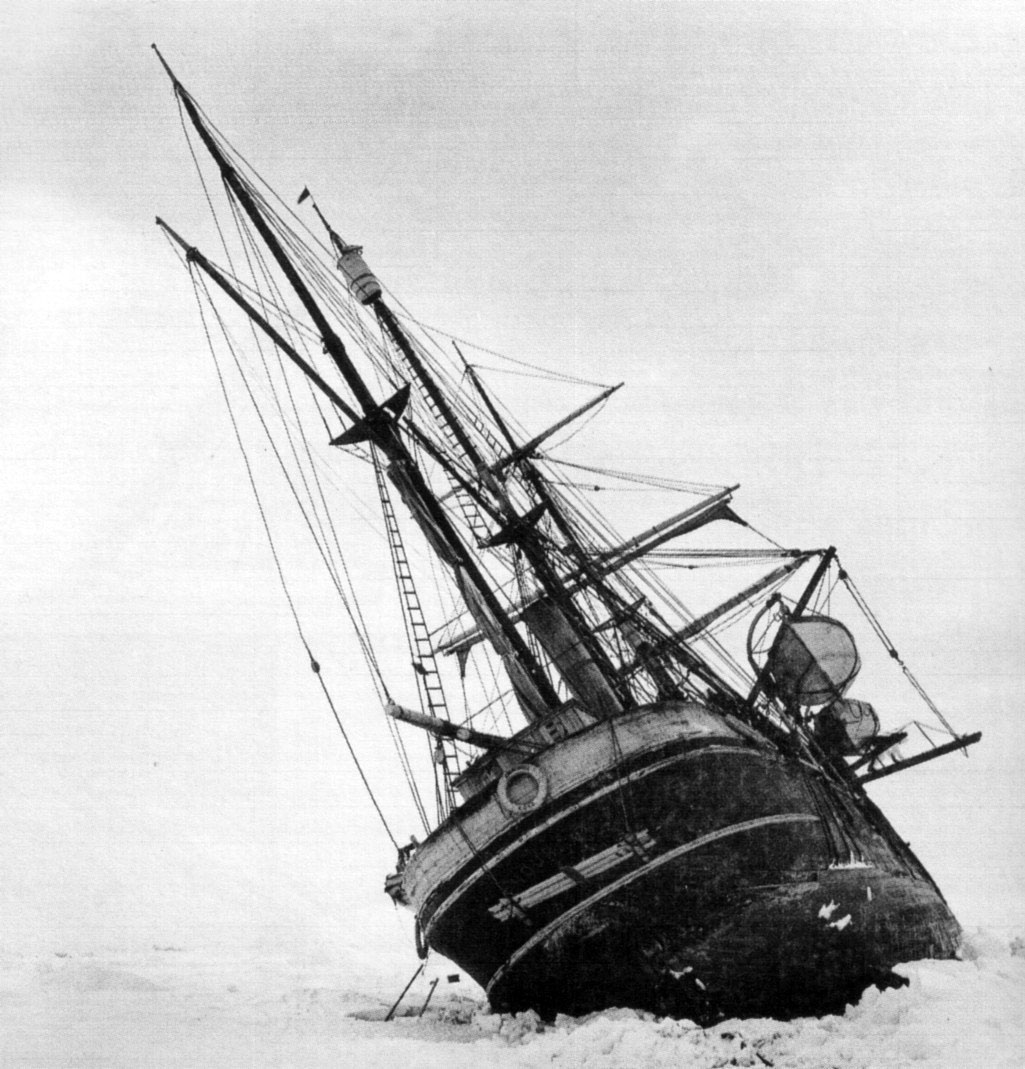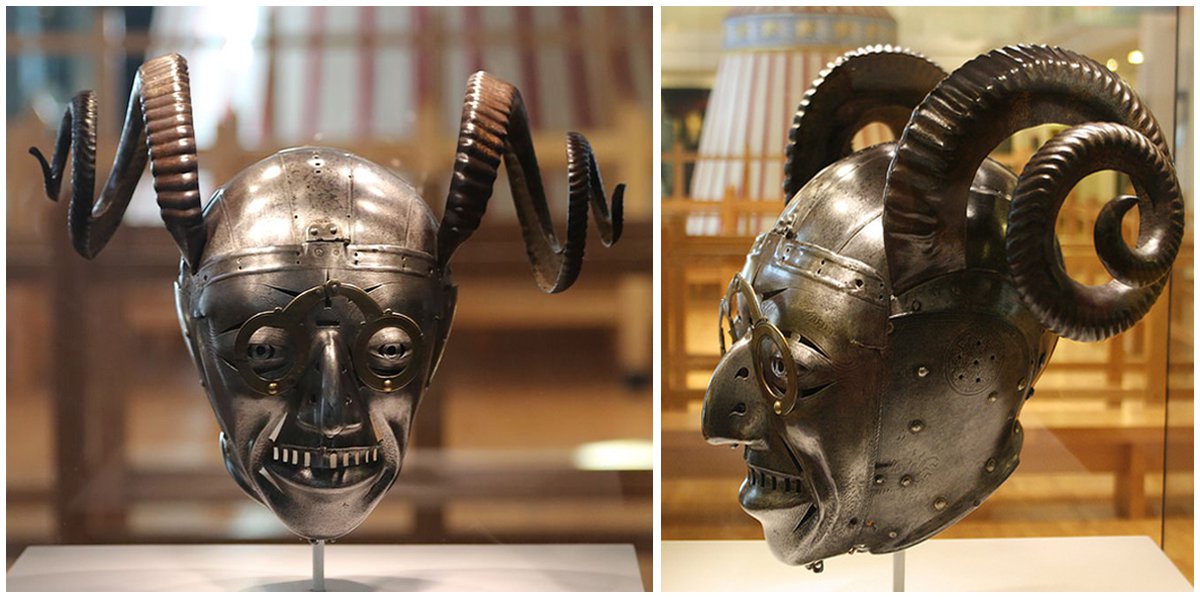5 Reasons Why China's Military is Weaker Than You Think
/China, otherwise known to the rest of the world as the Sleeping Giant, is one of the few developed nations with a massive armed force dwarfing many of its Asian neighbors.
Historically, China was a country that experienced invasions, civil wars, and rebellions testing its government’s military and its capabilities to protect the interest and security of the country. In the 21st Century, China made seemingly non-stop efforts to modernize itself in competition with western counterparts.
With no fewer than 2.3 million men and women in its armed forces and another 800,000 individuals in its reserves, China may have the numbers to intimidate, but it has been mired in controversy. This raises questions of whether or not the country can participate in global expeditions like the hunt for Osama Bin Laden or sending forces to help countries during disasters. Today we are doing just that and investigating the 5 reasons why China's military may be weaker than we think!
#5 — Weak Foundations
In a report done for Congress’ bipartisan US-China Economic and Security Review Commission, it revealed that China’s military gains over the past decades have been “impressive overall, and the [People’s Liberation Army] is clearly becoming an increasingly professional and capable fighting force.”
However, despite these impressive strides, the report concludes that the “PLA suffers from potentially serious weaknesses. These shortcomings could limit its ability to successfully conduct the information-centric, integrated joint operations Chinese military strategists see as required to fight and win future wars.”
Written by China experts at the Rand Corporation, the report further states that knowing these vulnerabilities will be valuable to deter conflict or defeat China should war arise against the nation.
Most of these institutional weaknesses include poor command structures, low-quality personnel, and corruption in the ranks that also involve top officials in the military and the government. However, one of the main problems that were caused by this structural weakness is China’s ability to conduct joint military operations with other countries like the United States. This is partly due to its problems integrating advanced weaponry and conducting proper training to its personnel.
To put this picture into perspective, the People’s Liberation Army still conducts what is called long-distance maneuver training at speeds that are determined by how fast the next available cargo train can send its tanks and other arms forward. In a world where mobilizing your troops and transportation by air, moving them by train is an antiquated system that worked back in the First World War.
China may claim they have a nuke, but with its questionable ability to introduce modern weapons, it’s a little bit scary that they can push that shiny, red button anytime by accident or worse.
A chilling revelation of the report details how Chinese armed forces are quite vulnerable to cyber-attacks that could disrupt its “informationized” — high technology — armaments from its aircraft to its missiles. At the mildest, a cyber-attack may cripple their technology if not actually remotely launch their arms to other countries.
#4 — Confusing Loyalties
It’s common knowledge — or common sense — in most countries around the world that their armed forces are sworn to loyalty to their own governments regardless of the nation’s political affiliation or ideology.
It’s a different story with the Chinese military, however. According to the US Congressional Research Service, the People’s Liberation Army is “not a national army belonging to the state. Rather, it serves as the [Communist] Party’s armed wing.” Which brings confusion because who then is considered as the country’s official military? Top ranking members of the PLA, especially its generals, are also members of the Communist Party. In a nutshell, it would be as if members of the Republican and Democrat parties have their own armed forces.
From the very start of a PLA soldier’s career, he is sworn to protect the Chinese Communist Party and the ideology that it stands for NOT the constitution of the land or its people. To say the least, the PLA may be seen as the world’s largest guerrilla army because of a political bias that the members of the Chinese Communist Party strictly enforce.
Also, the PLA is missing one of the most important characteristics of an armed force: joint command. This is when members of the military, air force, navy, and marines can work together when needed as well as be able to know what the other branch is doing. In China, this is an important element missing in their structure.
While there have been claims from Chinese media and some government agencies that a joint command system is being established in its military, other reports conflict it saying the opposite.
Without having a clear joint command system, it would be difficult in times of war or conflict, for any military to communicate with each of its branches. And for a country with what’s considered to be the world’s largest standing army, lack of communication can spell disaster.
#3 — Poorly Equipped Soldiers
To date, the Pentagon says that it costs about $17,500 to equip a single soldier of the US Armed Forces. This includes high tech weapons, advanced gear, body armor, and all other bells and whistles. These guys mean serious business and they are dressed for the part.
In China, however, due to the PLA being mired in corruption within its ranks and stuck in the politics of the Communist Party, their soldiers are not as fancy. According to reports, a single soldier of the Chinese military is allotted about $1,500 for his entire gear and almost half of that amount goes to just his gun.
And some of the equipment that they do have no longer fit their new recruits. Saying that “the average Chinese soldier is two centimeters taller and five centimeters thicker around the waist than 20 years ago,” the Chinese research from its General Armaments Department is faced with an odd predicament where their soldiers can’t even fit comfortably in their tanks – which, also, is a matter of interest regarding their capabilities.
Even though China is now spending about $120 Billion per year on their military, a large chunk of that spending goes to reconfiguring and modifying old or currently existing equipment that not only makes it unreliable for use, but also dangerous to the poor soldier who has to use it.
To make matters even worse, among the permanent members of the United Nations Security Council, China reportedly has never built their own aircraft carriers. What they do have are the ones that were purchased from the Ukraine and refurbished. It was almost immediately docked after launch to engine failure.
#2 — Not Trained for Combat
Every year, it is reported that the Chinese military recruits over 6 million individuals for training. While this may be a red flag to many nations, it would have been a lot more impressive and imposing if these recruits did not disappear after a month.
According to an article by The Diplomat, “The ‘mystery warriors’ are really just college freshmen… first-year university students all across China participate in their mandatory training before the start of classes.” What’s even more interesting is the method in which these students are trained. “There are compulsory lecture series,” reports The Diplomat, “in which students are introduced to national defense strategy and the latest in Party doctrine.”
The last part of the statement seems to be the main meat of military training in the PLA and appears to be the only solid foundation in which recruits to the army are groomed. In China, soldiers seem to be trained less to become soldiers and more on being educated to keep their loyalties to the Communist Party. Political and ideological indoctrination comes first and foremost before, let’s say, combat training or learning how to use a rifle. PLA recruits are strictly required to devote 20 to 30 percent of their training on political and ideological indoctrination, studying Party propaganda and revolutionary literature; and during induction training, this requirement is raised to 40 percent of their time.
Fortunately – or unfortunately, depending on how you would like to see it – Chinese ground troops do not see a lot of action these days and the last conflict that they have been directly part of was in 1989 at Tiananmen Square.
#1 — Low Recruiting Standards
Students wishing to join the PLA go through a rigorous physical and medical examination in order to determine if they are fit for battle. Unfortunately, and this is coming from the Army Recruitment Office of Beijing, 60 percent of students and applicants fail the exam. The problem, according to them, is that many of these students and applicants are: overweight, underweight, weak, or have terrible eyesight.
It was because of these reasons, among many others, that the government decided to lower the bar for recruitment. The standards were lowered in 2008 and then again in 2011. Whatever the underlying reason is – whether to meet a recruitment quota or create the illusion that the PLA steadily grows in number every year – recruits that pass the terribly low standards are poorly equipped and not entirely at their top physical best to be in combat.
Sources:
http://freebeacon.com/national-security/chinese-military-weaknesses-revealed/
https://medium.com/war-is-boring/the-chinese-military-is-a-paper-dragon-8a12e8ef7edc
http://nationalinterest.org/blog/the-buzz/how-powerful-chinas-military-really-12591
http://thediplomat.com/2014/01/chinas-deceptively-weak-and-dangerous-military/?allpages=yes
http://www.reckontalk.com/10-signs-chinas-military-is-weaker-than-you-think/




















































































